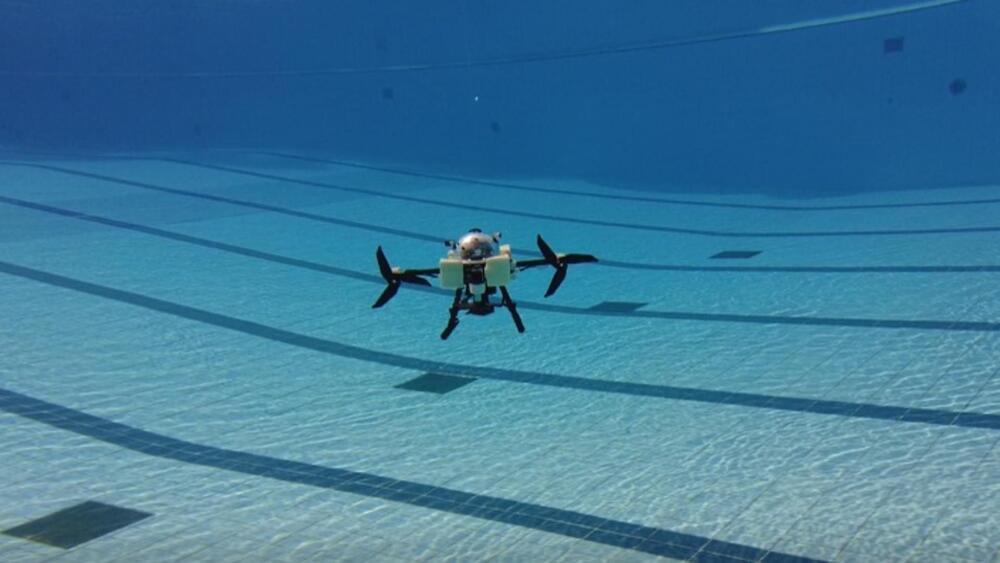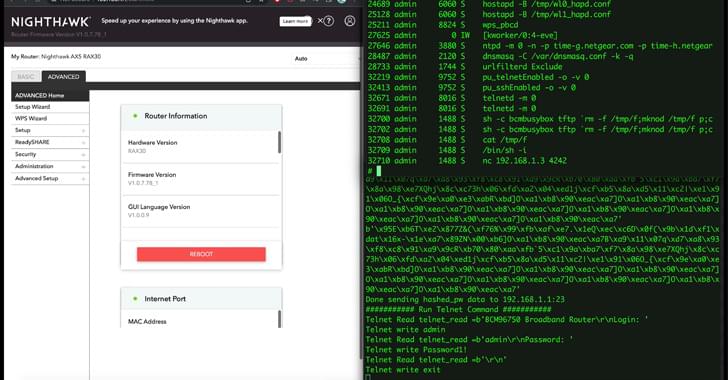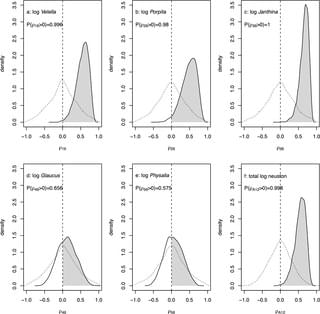May 24, 2023
Unique ‘aerial-aquatic hybrid drone’ could aid in search-and-rescue operations one day
Posted by Gemechu Taye in categories: drones, habitats
The new amphibious drone has a light design and weighs just 1.63 kilograms.
China’s researchers have unveiled the creation of a one-of-a-kind “aerial-aquatic hybrid drone” capable of performing a wide range of tasks. Named TJ-FlyingFish, it is a hybrid drone that can both fly and dive underwater.
This remarkable drone has the potential to be a game-changing tool in various sectors of life. As per the developers, it could include assisting with offshore construction, monitoring marine habitat, conducting aerial and aquatic surveys, remote sensing, and search-and-rescue operations, among other things.


















